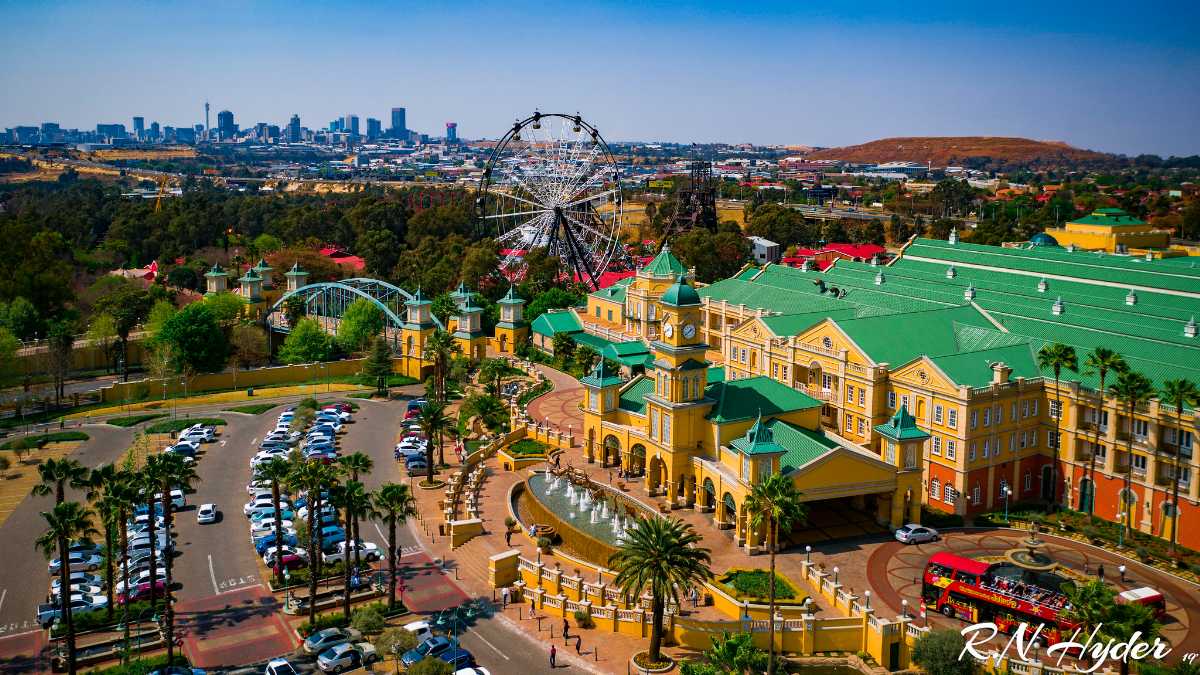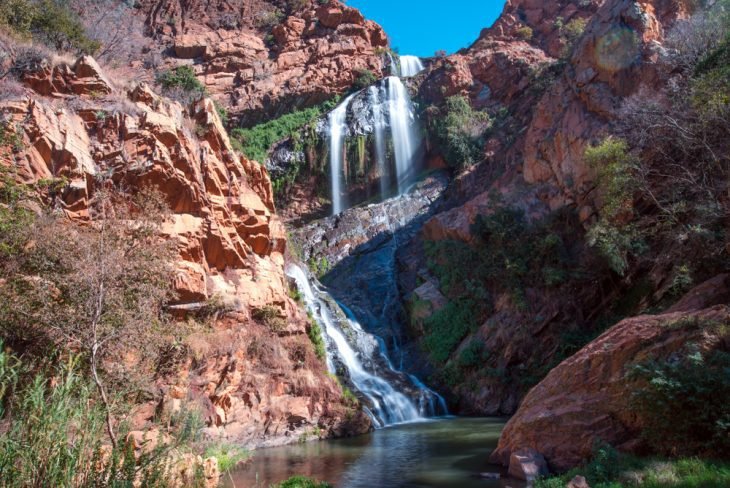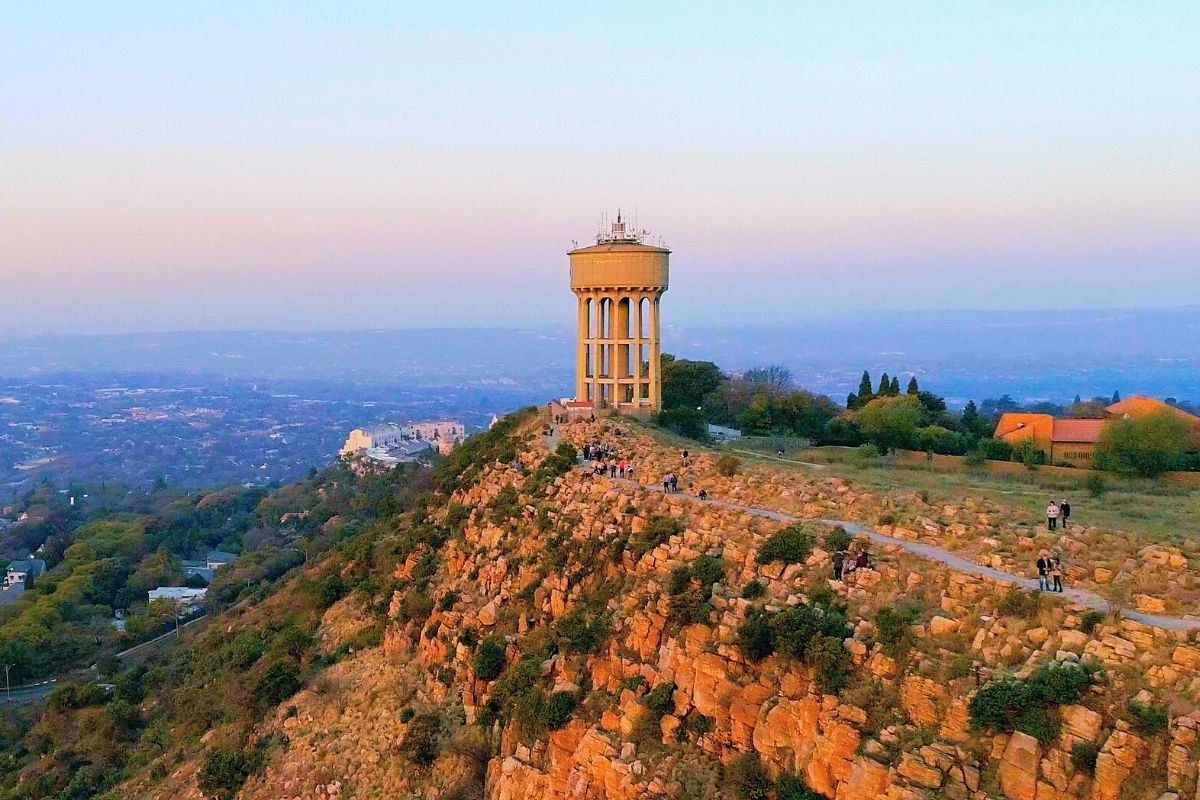Not known Factual Statements About Johannesburg North Attractions
Table of ContentsSee This Report about Johannesburg North AttractionsThings about Johannesburg North AttractionsJohannesburg North Attractions - An OverviewFascination About Johannesburg North AttractionsSome Ideas on Johannesburg North Attractions You Need To KnowSome Known Facts About Johannesburg North Attractions.The smart Trick of Johannesburg North Attractions That Nobody is Discussing
Nonetheless you should maintain security in mind and tourists have to remain sharp in any way times when in unfamiliar surroundings. Talk to the residents when you are in town to learn about the area you are remaining in. Johannesburg North attractions. When on the road (this doesn't apply to buying malls and various other protected atmospheres) best general advice is to attempt your finest to appear like a local and to stay clear of presenting any type of type of riches
The Ultimate Guide To Johannesburg North Attractions
Professor Revil Mason O. J. (Thomson, 1946) checked out the Witwatersrand's pre-colonial history. His archaeological job exploded the 'em pty land' myth, according to which the region was empty of human habitation prior to the arrival of European inhabitants. In his publications Prehistory of the Transvaal: A Document of Human Task (1962) and Beginnings of Black People of Johannesburg and the Southern Western Central Transvaal AD 3501880 (1986 ), Professor Mason demonstrated the extent of social and economic development in the area before Europeans set foot here.

What Does Johannesburg North Attractions Mean?
In 1878, David Wardrop located gold in quartz blood vessels at Zwartkop, north of Krugersdorp. In 1881, Stephanus Minnaar came across gold on the farm Kromdraai, near the Cradle of Humankind.
In March 1886, a protrusion (soon to be called the Key Reef) was discovered, fairly fortunately, on Gerhardus Oosthuizen's ranch Langlaagte. Some claim that the Lancastrian coal miner George Walker discovered this coral reef. One more itinerant English prospector, George Harrison (who had previously operated in Australian mines) obtained a prospecting permit in regard of Langlaagte in Might 1886.
He determined to carry on in a pursuit for greener fields, and disposed of his Langlaagte insurance claim for the handsome sum of 10. Alas: under lay the wealthiest goldfield ever before found. The exploration of this abundant auriferous reef provoked a gold rush that signalled completion of agrarian tranquillity in the southern Transvaal.
It would, within 6 years, end up being the largest town in southern Africa. Within a decade, it would certainly make the Z. A. R. till then an Go Here anarchical and insolvent little state the richest country in Africa. By the turn of the century, the Z. A. R. was to surpass Russia, Australia and the United States of America to end up being the world's leading gold manufacturer, generating greater than a quarter of the globe's gold.
About Johannesburg North Attractions
It was referred to as Ferreira's Camp, named after Colonel Ignatius Ferreira. He was a Boer traveler upon whom the British authorities had presented the condition of Friend of the Many Distinguished Order of St Michael and St dig this George (qualifying him to the post-nominal letters C. M. G.) in appreciation for his duty in the war that had deposed the Pedi king Sekhukhune in 1879.
Quickly the camp was including outdoors tents and wagons as beginners got here daily from everywhere. By September 1886, some 400 people resided in Ferreira's Camp, which quickly boasted built iron and timber structures. 2 various other camps were established: Meyer's Camp on the farm Doornfontein, and Paarl Camp. The latter was nicknamed Afrikander Camp; lots of people from the Cape Colony cleared up there.

Some Known Details About Johannesburg North Attractions
This name obtained currency by word of mouth, such that the State Assistant attested the name to the Mining Commissioner on 9 October 1886. Stands in the village were auctioned on 8 December 1886. While some stands were cost 10, others were knocked down for as low as sixpence.
Two years later, these erven were to transform hands for as much as 750 each. The tented camps diminished as a dorp of corrugated iron structures developed and broadened north of the mines situated along the Main Coral Reef Roadway. Locations such as Jeppe's Town (where working-class immigrants erected their houses) and Doornfontein (where the affluent new 'Randlords' started to create their opulent houses) were soon included in the these details ever-expanding map of the community.
The Only Guide for Johannesburg North Attractions
Aside from the street names, there were no indications of Johannesburg being located in a Dutch-speaking nation. Lots of years later on, C. W. Kearns O. J. (among the very first kids enlisted at St John's University in 1898) would certainly remember: 'An odd fact regarding Johannesburg was that, although it remained in the [Boer Republic], almost everybody spoke English and even the Federal government servants dealt with one in English, unless they were very first dealt with in the Taal (or Low Dutch)'.
Thus, Britain had a rate of interest in ensuring ideal problems for gold production on the Witwatersrand, and that the gold was exported to London instead of Berlin an essential made all the extra clamant by the Z. A. R - Johannesburg North attractions.'s raising toenadering with Germany. Mine proprietors were on a clash with President Kruger, whose plan of monopolistic concessions (often provided to his cronies) stopped mining companies from acquiring supplies of products (particularly dynamite) and work on their own, cheaper terms
Little Known Questions About Johannesburg North Attractions.
In 1890, the Volksraad had limited the franchise business to white males who had lived in the Z. A. R. for fourteen years or longer, therefore invalidating a lot of the immigrants (who took place to be the significant factors to the fiscus). Nevertheless, frustration for the ballot was a plain pretense for promoting a different agenda; most uitlanders regarded themselves as short-lived site visitors and had no intention of remaining in the Z.